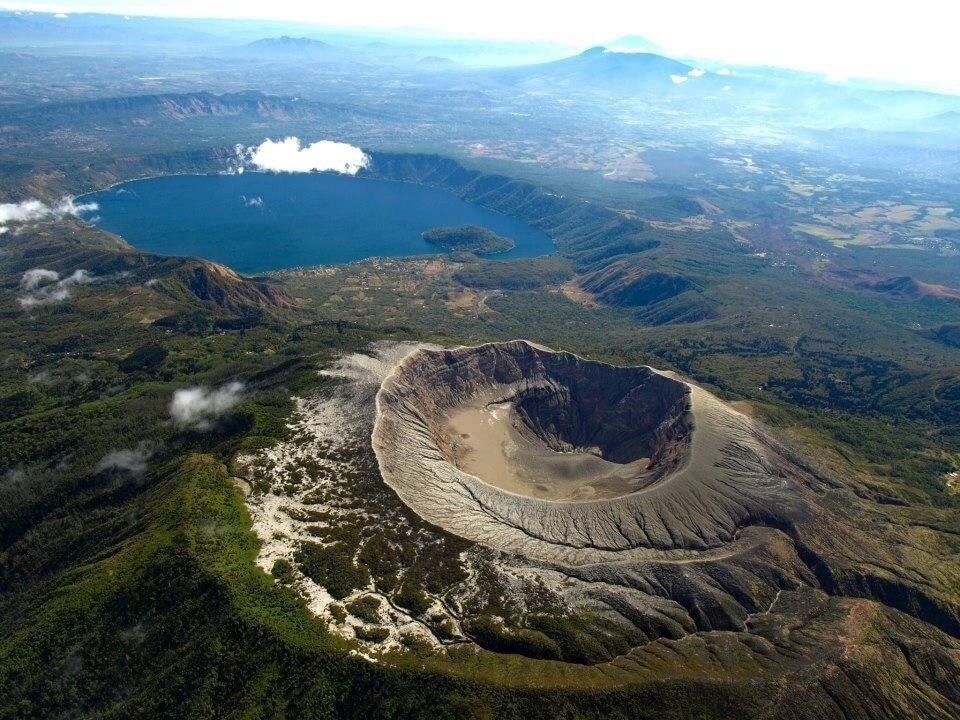Water Sports
For those who love the thrill of water sports, Lake Coatepeque is your playground. With its pristine waters, it’s the perfect setting for an array of adventures.Numerous rental services dot the lake’s edge, offering a range of watercraft including boats, jet skis, and kayaks. Whether you’re an adrenaline junkie looking to ride the waves on a jet ski, or a nature lover hoping to explore the lake’s hidden corners by kayak, there’s something for everyone. Santa Ana Volcano Hiking
Embark on an unforgettable journey to Cerro Verde National Park, a haven of natural beauty where the breathtaking vistas of Santa Ana and Izalco Volcanoes, as well as Lake Coatepeque, await you.This adventure begins with a trek to the summit of the Santa Ana Volcano. As you ascend, prepare to be captivated by the sight of the crater, home to a striking sulfur lake. This round-trip hike, lasting ~4 hours, promises to be a highlight of your visit. On Thursday, February 6, we invite you to take this hike with us. Should your plans differ, fear not; the mountain’s majesty is yours to discover through a guided tour (recommended) or independently.Ferry Ride
A two-story ferry departs from the port very frequently and takes passengers on a tour of the lake. It is a perfect way to enjoy the lake from different perspectives while having a refreshing drink, as there is a bar at the entrance of the boat.
Contact information and latest updates can be found on their Facebook page.
Discover the Land
Understanding Our Surroundings: Past and Present
Lake Coatepeque, a gem of natural beauty, is less than an hour’s drive from San Salvador Airport. This stunning destination is not just a place to stay; it’s a journey through time and nature.
The lake is a volcanic caldera, formed by a series of explosive eruptions between about 72,000 and 57,000 years ago. Over time, this caldera filled with rainwater, creating the breathtaking lake we see today.Lake Coatepeque, translates to “at the snake hill” in the Pipil language. The Pipil people, who were among the area’s early inhabitants, recognized the area’s natural beauty and significance. Today, the Pipil people are still present, with an estimated population of around 12,000. Their history and contributions are significant, and their ongoing presence enriches the cultural tapestry of El Salvador.
As we explore and enjoy these beautiful places, it’s important to honor the indigenous peoples who have shaped and continue to shape these lands. Their enduring legacy reminds us of our collective responsibility to respect and preserve these natural wonders for future generations.


